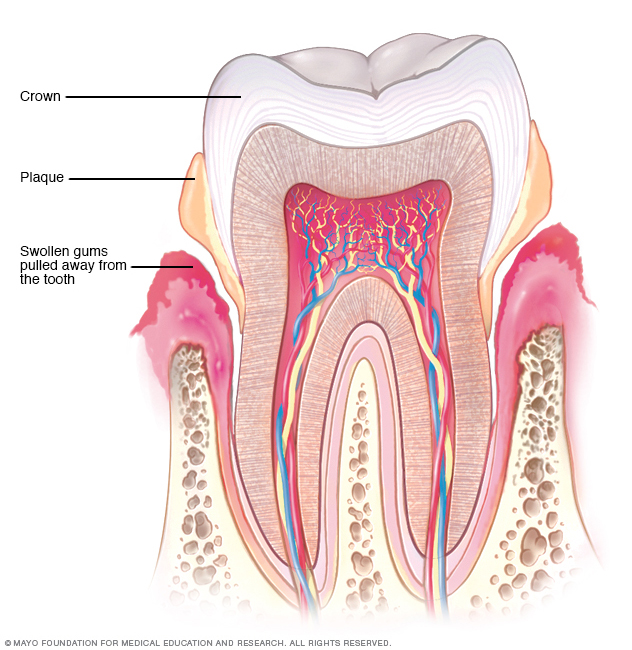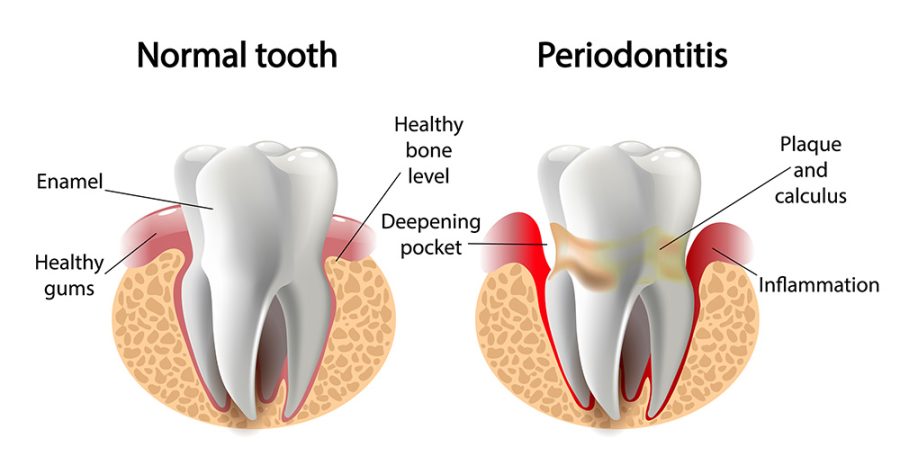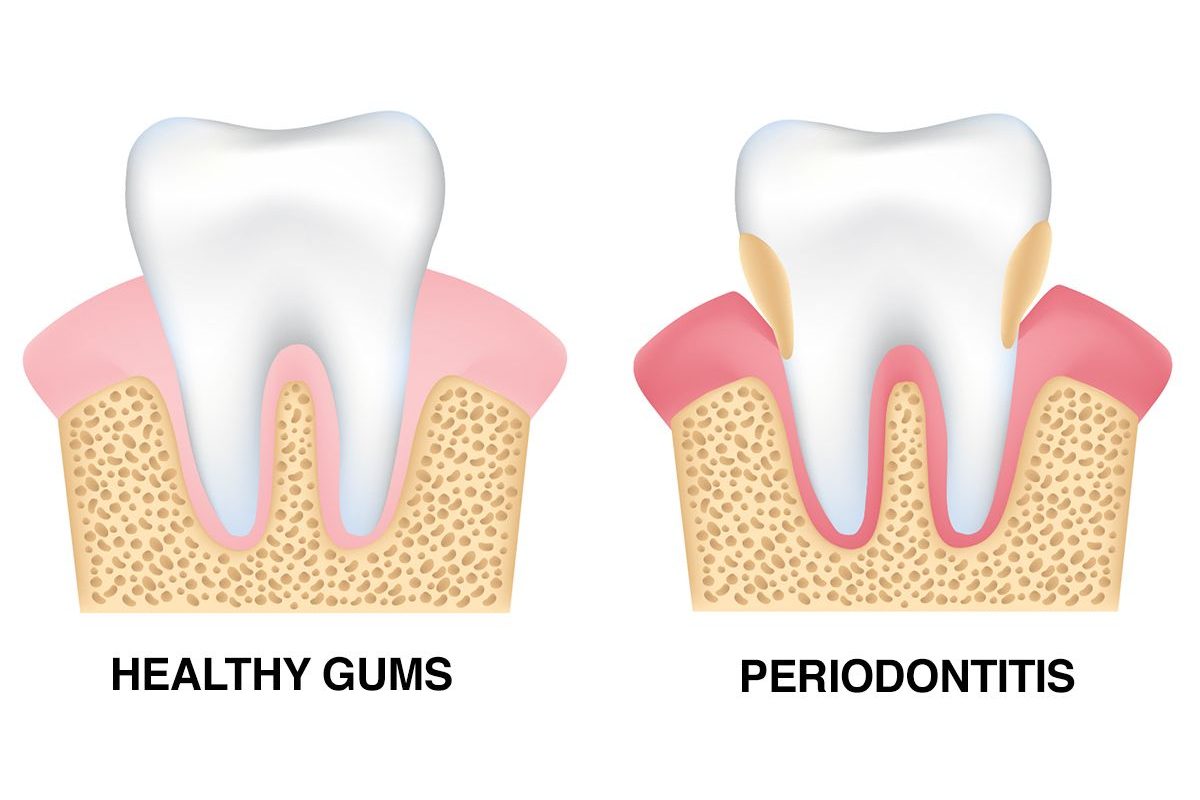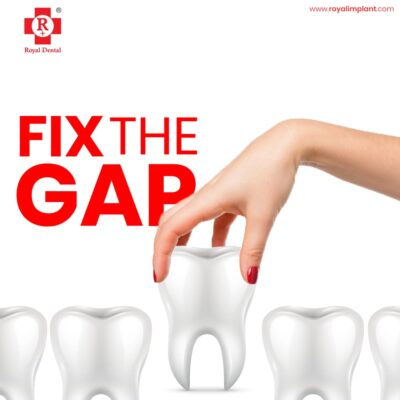Periodontitis Symptom
Periodontitis is an inflammatory disease that damages the periodontal ligament and the bone that supports your teeth. If left untreated, it can cause the gingival tissues to contract, leading to pockets and recession of your teeth. If you’re concerned you may have signs of it, keep reading about the causes of gum disease.
What is periodontitis?
Periodontitis is a chronic inflammatory disease of the periodontal tissue that causes destruction of the tooth-supporting structures. It’s caused by bacteria that are released from your gums and attaches to your teeth, forming a sticky biofilm. This biofilm can’t be removed with brushing and flossing alone, so it ends up causing more damage. The bacteria found in periodontitis can enter your bloodstream and disrupt the immune response throughout your body.

If left untreated, the bacteria will multiply and spread, causing damage to the ligaments that hold your teeth in place. This damage can cause your teeth to become loose and fall out. If you have a healthy immune system, the bacteria will be eliminated before it can cause any serious damage. Unfortunately, many people suffer from periodontitis and don’t realise it until the gum disease damage is irreversible.
Symptoms of periodontitis
The first sign of periodontitis is bleeding gums when you brush, floss, or visit the dentist. In the early stages of periodontitis, the gums may be slightly red and sensitive. If left untreated, the inflammation will progress and the gums will become swollen, unhealthy looking, and cause bad breath. The gums may pull away from the teeth, forming pockets around the teeth. When gums are infected, they are unable to fight off bacteria as well and are very sensitive.

Swollen or puffy gums.
Bright red, dusky red or purplish gums.
Gums that feel tender when touched.
Gums that bleed easily.
Pink-tinged toothbrush after brushing.
Spitting out blood when brushing or flossing your teeth.
Bad breath.
Pus between your teeth and gums.
Causes of periodontitis
There are a number of factors that can increase your risk of developing it. If you have certain health conditions, such as diabetes or rheumatoid arthritis, you’re at a higher risk of getting gum disease. Other risk factors include smoking, excessive use of alcohol, poor diet, and genetics. However, you don’t have to have one of these risk factors to get periodontitis. If you don’t take care of your teeth and gums, you’re at risk of getting periodontitis.
Treatments for periodontitis
If you notice any signs of gum disease, make an appointment with your dentist for a thorough teeth cleaning and exam. Your dentist will be able to spot any signs of periodontitis and provide you with treatment. Early detection and treatment of periodontitis can prevent the disease from getting worse and causing tooth loss. The best way to treat periodontitis is with a combination of regular oral hygiene practices, healthy diet, and lifestyle factors.

People with it should be extra diligent about oral care to prevent further damage and loss of teeth. Ideally, you should brush your teeth twice a day and floss once a day to clear away the biofilm that causes gum disease. You should also visit your dentist every 6 months for a professional teeth cleaning and professional teeth cleaning.
Prevention tips for maintaining healthy gums and teeth
- Brush the teeth properly.
- Choose the right toothpaste.
- Floss daily.
- Rinse your mouth out with care.
- Use mouthwash.
- Get regular dental checkups.
- Stop smoking.
Bottom line
If you want to prevent, you need to practice good oral hygiene and maintain a healthy diet and lifestyle. Make an appointment with your dentist if you notice any signs of periodontitis and ask them what you can do to prevent it.






